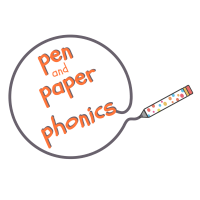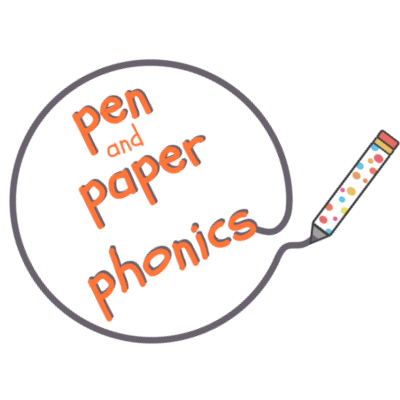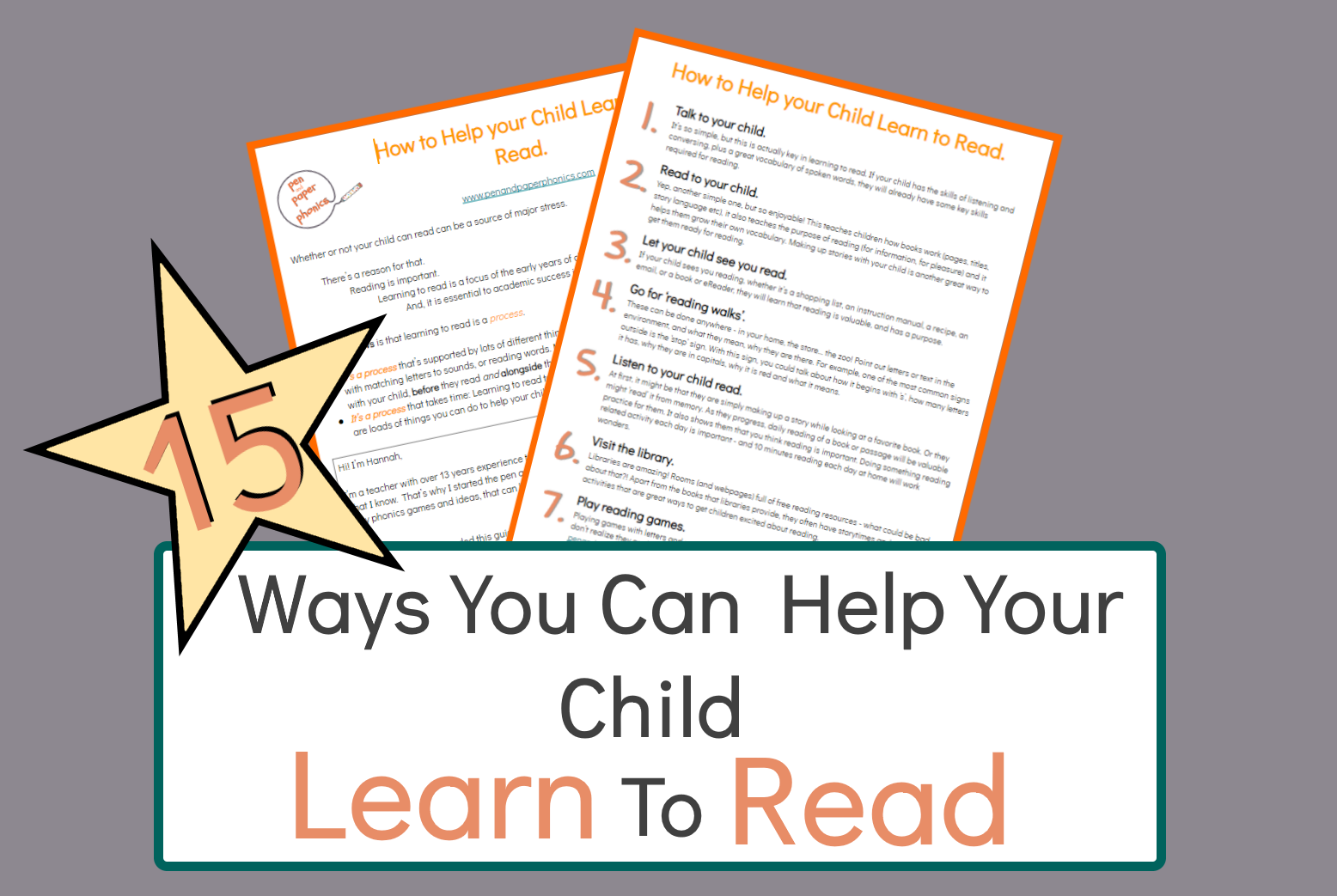
‘Not A Stick’ by Antoinette Portis is the first book in our Pen and Paper Phonics Book Club! Woohoo! This post is packed with book activities based on this great children’s story – and, they use a lot of sticks!
More information about the Book Club can be found by clicking this link.

This book is perfect for stick activities
Autumn is well under way now, and there’s no shortage of sticks to pick up on walks, or in the yard or garden. So this book is a great one to read in the Fall season, but, like any good book it can be read anytime.
This book if most suitable for children up to 7, but older children will definitely enjoy it as well.
Each post provides an overview of the book first, but if you want to get started straight away you can:
Each post provides an overview of the book first, but if you want to get started straight away you can jump straight to the activities.
Why I love this book
As a teacher ‘on duty’ at outdoor play times, I would sometimes find myself telling children to… “Be careful with that stick!”
I’d also often be interrupting speeding sticks on the ends of enthusiastic and completely absorbed 5 year old arms, just before they collided with someone.
It seemed a constant battle between allowing freedom for imaginative play, seeing the obvious glee with which some children find and pick up sticks, and making sure no serious accidents occurred.

(I mean, I’ve never seen someone actually poke an eye out with a stick – but maybe that was because I was super vigilant?!)
Enter…’Not A Stick’
When I read this book I realized – it is okay to play with sticks!
This book gave me an opportunity to talk with the children about playing with sticks, and it gave them the freedom to do what almost every kid I’ve ever met wants to do – play with sticks.
Best Bits of the Book
This book has a lovely question and answer pattern in it’s structure, and it hints at the humor of conversations between children and adults.
It is simply, thoughtfully and beautifully illustrated. The illustrations lend themselves brilliantly to predicting text – so children have fun guessing what the answer will be before they turn the page. The illustrations also provide loads of opportunity to expand on and discuss the story.
So, that’s why I love this book. Now let’s get to 9 simple stick activities you can do with this book.
Nine Book Activities to do with ‘Not A Stick’:

1. Read it
It is such a great book! I have no doubt you will enjoy the ten minutes spent sharing it with your child or students.

2. Ask Questions
Here are a few sample questions you could ask – they go from easy to more complex:
- What do you think the stick will be?
- If you had a stick, what would you make your stick into?
- What would you paint?
- Do you think the pig is enjoying themselves? Why?
- Who do you think is asking the questions in the book?

3. Word Flashcards

There are sight words (such as ‘what’) as well as words that can be sounded out (such as ‘not’ and ‘with’)
After you have shared the book together, you can read it again and stop at words for your child or class to sound out, and read.
Resources: Free Word Flashcards
Related Content: Sight Word Battleships, Sight Word Matching Activity

4. Go for a Walk.
It’s a book about sticks, so the activities are mostly going to involve sticks. Searching for sticks will provide a focus for the walk. And there’s lots of opportunity to use language to describe what you find, like ‘rough’, ‘smooth’, ‘bumpy’ or ‘too heavy’.
Resources: Free Stick Description Words

5. Sorting Sticks
Story books often provide loads of opportunities for mathematical activities and problem solving.

To start, collect lots of different sticks and sort them – for example, organize them by length, width or color.
You could also count them. If you have lots of sticks you could group them into twos, fives, or tens and count them.
Resources: Free Sorting Labels

6. Mark Making

In the story, the character uses their stick as a paintbrush. You could do some real life painting with paints and paper. Dipping the stick into some paint is not as effective as a paintbrush, but there is still lots of fun to be had.
Another, perhaps less messy way of mark making is to use sticks in mud, or in play dough, to make marks, It could be as simple as marks and lines, or you could encourage your child to write their name, or any spelling words they working on, such as CVC words, or sight words.
Related Content: CVC Words Treasure Map

7. Imaginative Play
Use your sticks and take turns guessing what your stick is supposed to be. Start off with things in the story, for example, a sword, or a paintbrush, then see if you can come up with your own.
Engage in imaginative play. This can be daunting for adults, but children love it when adults join in their play. Use your sticks and follow your child’s lead, they are the experts in imaginative play, after all!
You could also use the book’s theme and play ‘Not a leaf’, or ‘Not a pebble’, or ‘Not an acorn’. The possibilities are endless!
Resources: This post on childrensmd.org gives tips for how to engage in pretend play, as does this one on verywellfamily.com

8. Stick Safety
This is not to kill the buzz of the book, but I found it a really helpful introduction to discussing how to be safe around others when playing with sticks.
Start by asking, “Why does the author say ‘Be careful with that stick?'”
This is a great opportunity for some personal and social development.

9. Stick Craft

There are lots of crafts ideas to do with sticks. One of my favorite is making stick people – all you really need is a pair of googly eyes, and maybe some pipe cleaners, and you are sorted!
This post on easypeasyandfun.com has some amazing craft ideas to do with sticks, if you are more creative than me!




